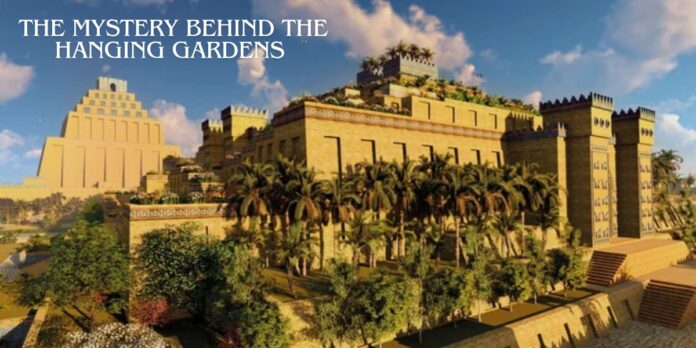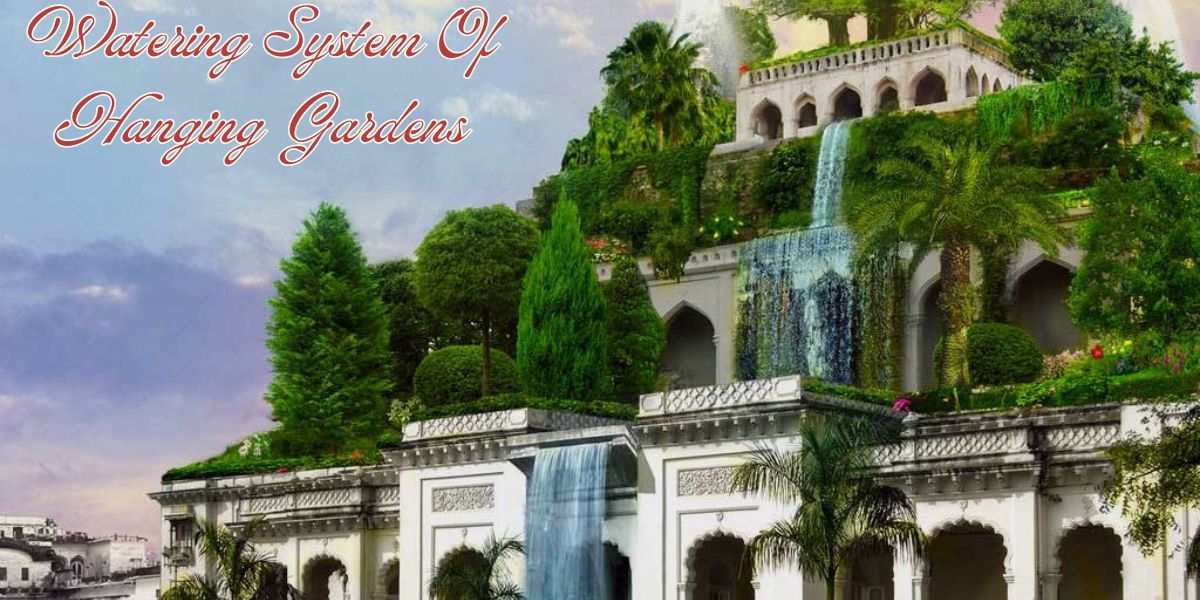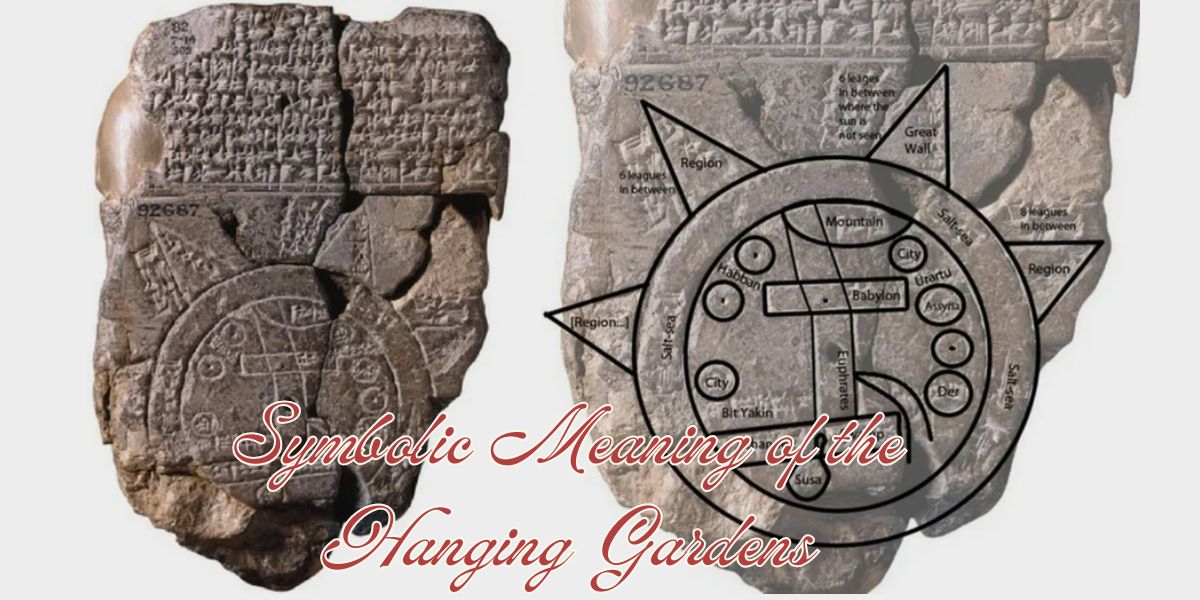The Hanging Gardens of Babylon are one of the most fascinating wonders of the ancient world. Historians and archaeologists have debated their existence, design, and location for centuries, making them one of history’s greatest enigmas. The mystery behind the Hanging Gardens of Babylon continues to captivate researchers and enthusiasts alike, as no definitive archaeological evidence has been found to confirm their existence.
The Legend of the Hanging Gardens
The story of the Hanging Gardens dates back to ancient Mesopotamian times, particularly during the reign of King Nebuchadnezzar II (605–562 BCE). Historical accounts describe lush, tiered gardens built in the heart of Babylon, featuring exotic plants, waterfalls, and breathtaking landscapes. According to ancient texts, Nebuchadnezzar II constructed the gardens to please his wife, Queen Amytis, who longed for the greenery of her homeland. Greek historians such as Strabo and Philo of Byzantium documented the gardens, emphasizing their architectural grandeur and engineering marvels. Despite these detailed descriptions, no concrete evidence of the gardens has been found, leading many to question whether they truly existed or were merely a poetic exaggeration.
Architectural Marvel or Myth?
One of the most intriguing aspects of the Hanging Gardens is their supposed architectural complexity. The ancient world had never seen a garden structure of this scale, which has led to debates about whether such an engineering feat was even possible at the time. The gardens were believed to be built on multiple terraces, supported by stone pillars, and irrigated through an advanced water-lifting system. If true, this would have required an advanced knowledge of hydraulics, a technology that was not fully understood until much later in history. Many scholars argue that the gardens were purely mythical, inspired by the lush palace gardens of Mesopotamian rulers rather than a single grand structure.
The Possible Locations of the Gardens
The exact location of the Hanging Gardens remains a mystery, as no definitive ruins have been uncovered in Babylon (modern-day Iraq). Some theories suggest that historians might have misattributed their location, leading to alternative hypotheses. One theory suggests that the gardens were not in Babylon at all but in Nineveh, the capital of the Assyrian Empire, built under King Sennacherib. Archaeologists have found ancient irrigation systems and terraced structures in Nineveh that could match the descriptions of the Hanging Gardens. If this theory holds, it could mean that the Hanging Gardens were mistakenly credited to Nebuchadnezzar II and Babylon, rather than their true builder.
The Watering System: An Engineering Mystery
One of the biggest challenges in constructing the Hanging Gardens would have been providing a continuous water supply. Given the arid climate of Babylon, maintaining lush greenery at such heights would have required innovative irrigation methods. Some historians believe that an early version of an Archimedes screw was used to lift water from the Euphrates River to the higher terraces. Others suggest the use of chain pumps or aqueducts, similar to those used in later Roman engineering. The sheer complexity of such a system raises further doubts about whether the gardens ever existed in the way they were described.
Role of Greek Historians in the Legend
Much of what we know about the Hanging Gardens comes from Greek historians who wrote about them centuries after they were supposedly built. This raises concerns about the reliability of their accounts. Herodotus, the famous Greek historian, never mentioned the Hanging Gardens in his writings about Babylon, which is surprising given his detailed descriptions of the city. Other Greek writers, such as Diodorus Siculus and Strabo, described the gardens, but their accounts were written long after Babylon’s fall. Because there are no Babylonian records mentioning the gardens, some historians believe they were a later Greek invention or romanticized exaggeration.
Were the Hanging Gardens an Optical Illusion?
Some scholars propose that the Hanging Gardens were not a singular grand structure but rather an illusion created by multiple smaller gardens throughout the city. Ancient Babylon was known for its lush royal gardens and irrigation canals, which may have contributed to the legend. The stepped architecture of Babylonian ziggurats may have been mistaken for terraced gardens by later historians. Palm trees and other vegetation growing along the walls of Babylon could have given the appearance of an elevated garden. If this theory is correct, it suggests that the Hanging Gardens were a collection of green spaces rather than a single, monumental wonder.
The Influence of the Hanging Gardens on Modern Architecture
Whether real or mythical, the concept of the Hanging Gardens has inspired architectural and landscaping designs across the centuries. Vertical gardens and terraced green spaces in modern cities draw from the legendary descriptions of the Hanging Gardens. The design of rooftop gardens and hydroponic systems in urban architecture reflects the supposed irrigation techniques of the ancient world. Famous landmarks, such as the Gardens by the Bay in Singapore and the terraced gardens of Italy, take inspiration from the legend of the Hanging Gardens. Even though there is no physical evidence, the idea of a magnificent terraced garden has shaped architectural history and ecological design.
Modern Excavations and the Search for Evidence
Archaeologists continue to search for evidence of the Hanging Gardens, hoping to find clues that can confirm or disprove their existence. Excavations in Iraq and surrounding regions have uncovered fascinating remnants of ancient Mesopotamian architecture. Researchers have discovered intricate irrigation systems in Nineveh, which suggest that large-scale gardens may have existed. Ongoing excavations in Babylon itself have yet to reveal any remains that match the descriptions of the gardens. Without conclusive proof, the Hanging Garden remain one of the greatest unresolved mysteries in history.
The Symbolic Meaning of the Hanging Gardens
Even if the Hanging Gardens never physically existed, their legend has taken on a powerful symbolic meaning. They represent the pinnacle of human creativity, ambition, and love. The story of Nebuchadnezzar II building the gardens for his queen has become a symbol of devotion and architectural achievement. The Hanging Gardens are often associated with the idea of paradise on Earth, inspiring countless myths and artistic representations. The mystery behind the Hanging Gardens of Babylon endures because they capture the imagination, reminding us of the marvels that ancient civilizations were capable of.
Conclusion
The mystery behind the Hanging Gardens of Babylon continues to intrigue historians, archaeologists, and enthusiasts alike. While the gardens are one of the Seven Wonders of the Ancient World, there is still no definitive proof that they ever existed as described. Various theories suggest that they were located in Nineveh, were an optical illusion, or were simply a legendary exaggeration. Regardless of their true nature, the idea of the Hanging Gardens has influenced architecture, art, and culture for centuries. Whether real or mythical, the Hanging Garden of Babylon remain a powerful symbol of ancient ingenuity, inspiring generations to dream of lush, elevated paradises in the midst of arid landscapes.




